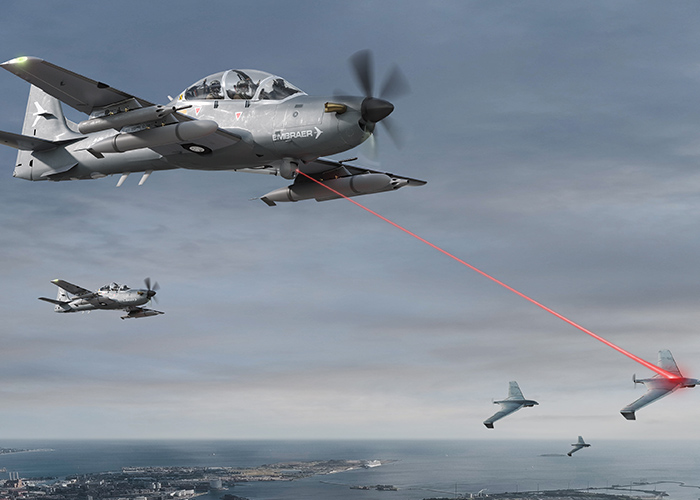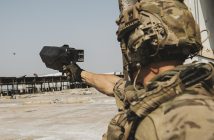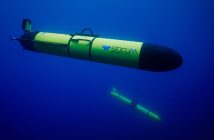
Embraer has announced an expansion of the mission capabilities of its A-29 Super Tucano aircraft to include operations against Unmanned Aerial Systems (UAS). The development responds to the growing need for affordable and adaptable solutions to counter drone threats in modern conflicts.
The new operational concept makes use of existing aircraft features and introduces updated sensors and datalinks. These enable the A-29 to detect, track, and engage unmanned aerial targets using Electro-Optical/Infra-Red (EO/IR) sensors, laser-guided rockets, and wing-mounted .50 caliber machine guns. The system is designed to be integrated into both current and future A-29 fleets without major modifications.
“We continue to expand the A-29’s capabilities to address the most recent challenges faced by many nations worldwide,” said Bosco da Costa Junior, President and CEO of Embraer Defense & Security. “The continued challenges in modern warfare and recent conflicts have shown the urgent need for solutions to fight drones. The A-29 is the ideal tool to counter UAS effectively and at low cost, adding to the aircraft’s already extensive mission set.”
The A-29 Super Tucano has accumulated more than 600,000 flight hours across 22 air forces. Originally developed for close air support, reconnaissance, and training, the aircraft’s turboprop design and rugged airframe allow it to operate from short or unpaved runways and in austere environments.
The inclusion of counter-UAS capability builds on its existing suite of systems used for close air support, air patrol, air interdiction, intelligence and reconnaissance, border surveillance, and air escort missions. The A-29 is equipped with advanced avionics, targeting systems, and communications equipment designed for operational flexibility and efficiency.
Embraer’s update to the A-29 reflects a broader shift in defense aviation toward adaptable, cost-effective systems capable of addressing emerging aerial threats such as drones. By leveraging existing aircraft platforms, operators can enhance capability without the need for entirely new systems or extensive reconfiguration.






